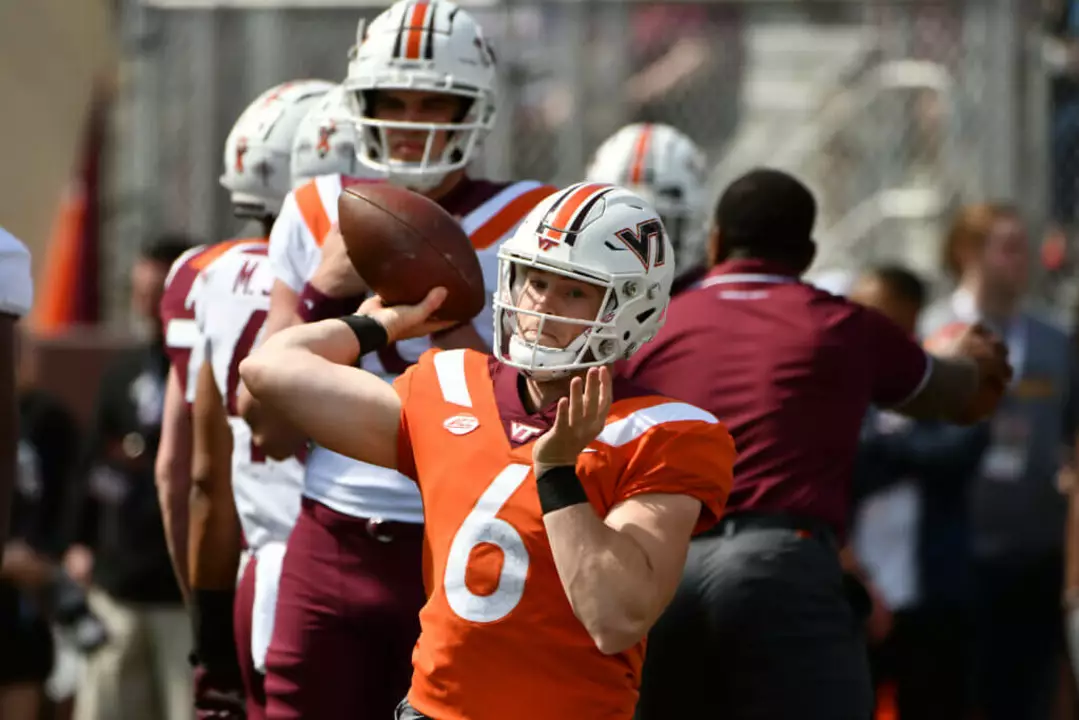Athletic Scholarships: How to find and earn one
Want to use sports to pay for college? Athletic scholarships can cover tuition, room, and sometimes more. They come in different forms and levels, so knowing the rules saves time and improves your chances.
Types and who offers them
Division I and II schools (NCAA) offer the most full and partial athletic scholarships. Division I is the most competitive and has fewer full rides per team; Division II mixes academic and athletic aid. NAIA and NJCAA schools also give scholarships and often recruit overlooked talent. Private colleges sometimes offer athletic money too, but they might combine it with academic aid.
Steps to get recruited
Start early. By sophomore year of high school you should have game film and a basic highlight reel. Send short, clear videos and a one-page resume listing stats, awards, GPA, and test scores. Contact coaches directly by email or messaging portals used by college programs. Play showcases and tournaments where college coaches attend. Be persistent but polite—coaches get many messages.
Academics matter. Most schools require a minimum GPA and test score to keep eligibility. Complete your core classes and register with the NCAA Eligibility Center if you aim for Division I or II. For financial aid, fill out the FAFSA—some aid depends on it. Missing academic or paperwork steps can cost an offered scholarship.
Understand scholarship types: a head coach at a Division I program may have a limited number of full scholarships to split among players. Some sports are "head count" (full scholarships only) while others are "equivalency" (partial scholarships shared). Learn the rules for your sport so you know what to expect during offers and negotiations.
If you don’t get a full ride, consider walking on. Walk-ons can earn scholarships later by proving their value. Also explore club teams, intramurals, and transfer options—many athletes move from junior colleges or smaller schools to bigger programs after showing performance.
International athletes should note visa and eligibility requirements. Start the process early to sort transcripts, translations, and testing like TOEFL if needed. Some schools have resources for international recruits; ask the coach what they provide.
Negotiate carefully. Scholarships can be renewed yearly and often depend on performance and conduct. Ask for the scholarship terms in writing, including duration, conditions, and what happens if you get injured. Keep records of all communications.
Common mistakes to avoid: waiting too late to contact coaches, sending long unedited footage, ignoring academics, and assuming offers are permanent without written confirmation. Focus on consistent improvement, clear communication, and meeting the administrative steps.
Want a quick checklist? Make a one-page sheet with: sport, position, height/weight, best stats, GPA, test scores, top game clips (60–90 seconds), contact info, and tournament dates. Update it each season. Email that sheet to 20 target coaches, follow up after two weeks, and attend at least two college camps a year. Keep a calendar for deadlines and scholarships so nothing slips through the cracks.
Start now; small steps lead to big chances.
